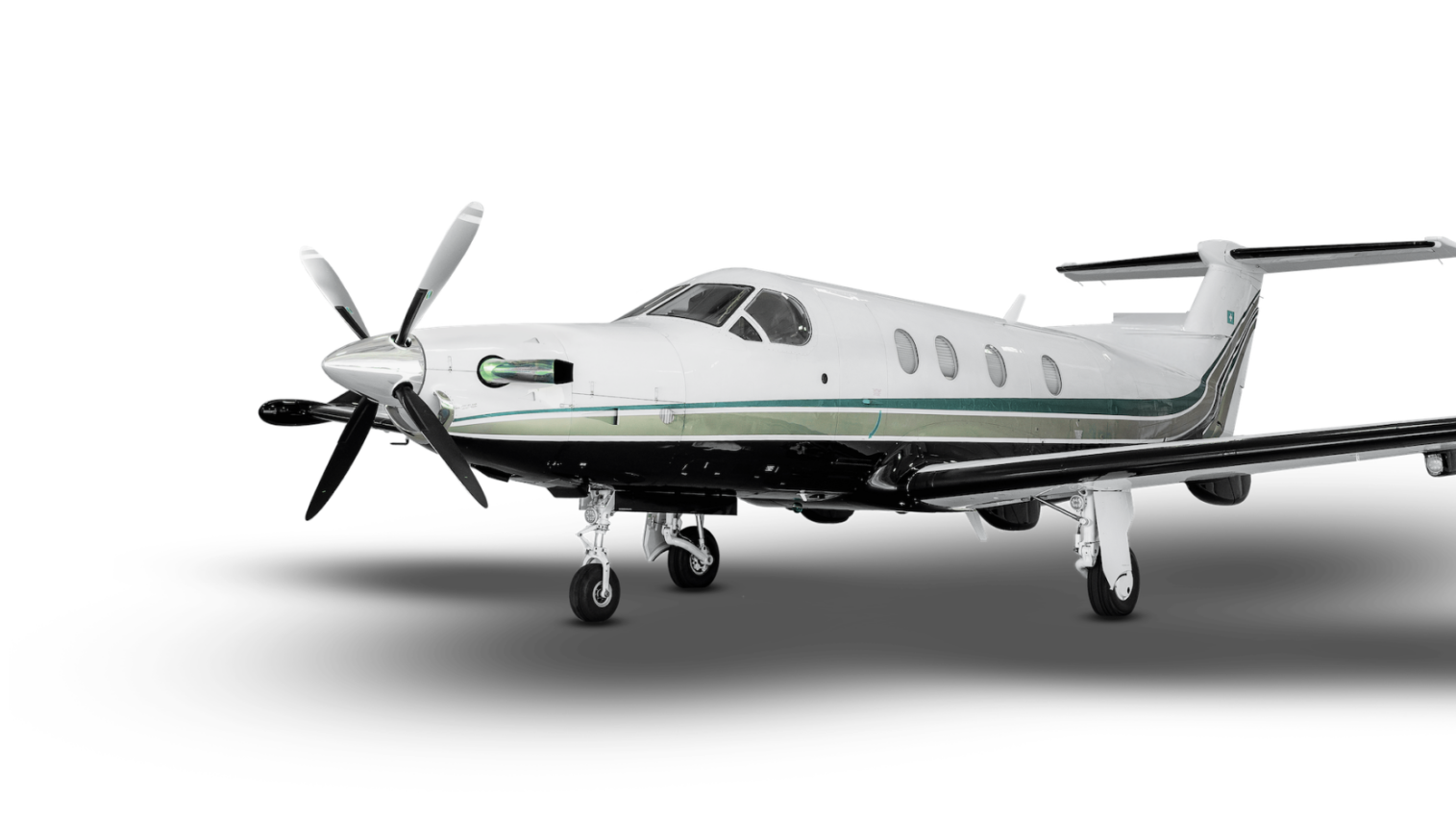
Preowned fractional ownership providers are expanding their offerings and new providers are expected to launch preowned programs.

Private Jet Card Comparisons, the buyers’ guide to jet cards, memberships, by-the-seat, jet sharing, and fractional ownership programs, has added comparisons of preowned fractional options.
The online service compares more than 80 providers and over 1,000 different offerings.
Members can compare programs by over 65 variables, including hourly rates, callouts, peak days, amenities, etc.
Fractional comparisons enable members to compare fully loaded costs, including the cost of acquisition.
Members can use the cost calculator to create scenarios based on estimated repurchase price.
They can also see how over-or-under-flying their allotted hours impacts hourly rates.
With OEM’s limited supply of new aircraft, existing sellers of preowned fractional shares are expected to expand their offerings, and new sellers are also in the pipeline.
READ: Why preowned fractional ownership could be hot in 2024
Private Jet Card Comparisons is the only comparison service to programmatic offerings that does not sell subscriber contact information or accept referral fees from providers.
Current annual membership is $250 per year and will increase to $500 per year beginning May 1, 2024.
It is the first increase since 2017.
Current members can lock in the current rate for their subsequent two cycles by switching to the guide’s new auto-renew.
New buyers who join by May 1, 2024, will get at least two cycles at the current $250 annually rate, essentially providing a free year of access.
The database has been updated over 60 times so far this year.